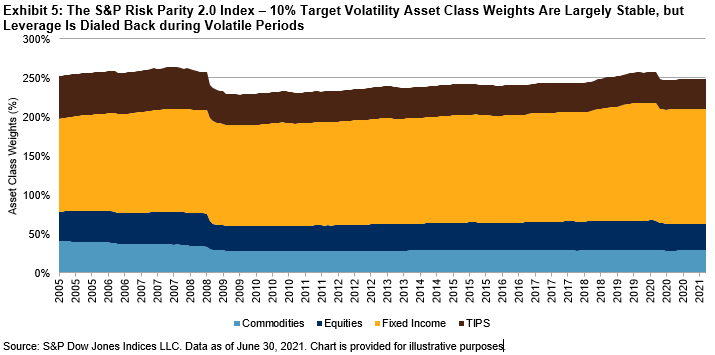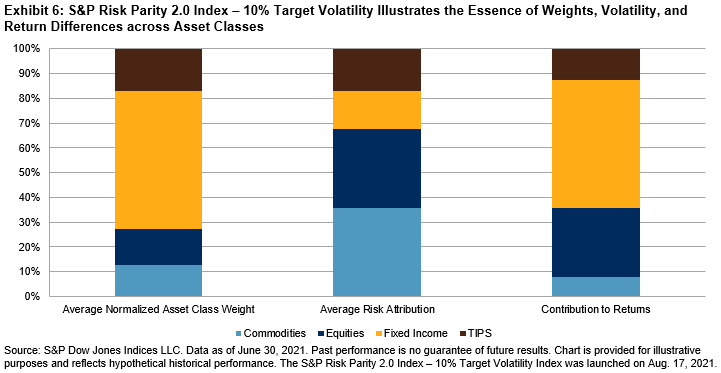Introduced in April 2017, the S&P/TSX Capped REIT Income Index is designed to serve as an income-producing Canadian REIT strategy by overweighting REITs with higher risk-adjusted income distribution yields. The Canadian REIT sector experienced a boom prior to the onset of the pandemic as the index peaked1 on Feb. 20, 2020, its then-highest value since its inception. The index gained 86.67%2 since its bottom on March 23, 2020, attaining an all-time high on Sept. 8, 2021. In this post, we will take a closer look at the performance characteristics of the index since our last review.
Exhibit 1 shows that the S&P/TSX Capped REIT Income Index generated higher total returns than its benchmark, the S&P/TSX Composite, over the period studied. However, due to higher volatility, its performance was similar on a risk-adjusted basis. Historically, the S&P/TSX Capped REIT Income Index exhibited higher best monthly returns, average monthly returns, and maximum rolling 12-month returns compared with the benchmark.

Exhibit 2 shows that the index outperformed the benchmark 75% of the time in down markets3 and underperformed the benchmark 55% of the time in up markets. However, the magnitude of outperformance in down markets was pronounced, generating a monthly average excess return of 1.29% over the benchmark. Thus the strategy exhibited downside protection characteristics despite experiencing greater volatility.

Exhibit 3 shows the calendar year performance of the S&P/TSX Capped REIT Income Index versus the benchmark. We can see that the strategy outperformed the underlying broad market in 10 out of 16 years.

Higher Yield Than the Broad Market
From December 2006 to September 2021, the S&P/TSX Capped REIT Income Index generated an average historical dividend yield of 6.1%, compared with 2.8% for the benchmark.


Current Composition
As of close of Sept. 30, 2021, the index had 19 constituents, and the maximum weight of any security was 10.6%. Retail REITs topped the list at 33% of the index, followed by Residential REITs at 26% (see Exhibit 6).

Conclusion
Canadian REITs were particularly hard hit during the pandemic, but have recovered steadily, recently reaching a new high on Sept. 8, 2021. The index offers a differentiated high yield REIT exposure in a low yield environment, while also providing exposure to the growth of the REIT sector. Over the long term, REITs have outperformed the broader equity market in Canada on an absolute basis, while providing downside protection during down markets.
1 Index values measured on a TR basis.
2 From March 23, 2020, to Sept. 30, 2021.
3 Down market: When S&P TSX Composite index has negative monthly return. Up market: When S&P TSX Composite index has positive monthly return
The posts on this blog are opinions, not advice. Please read our Disclaimers.




















































